
Here's a bit of news you probably weren't expecting to hear today: After more than 100 years of X-rays being flat and monochrome, they may very soon finally take the leap into the 21st Century and start being displayed as full-color 3D models.
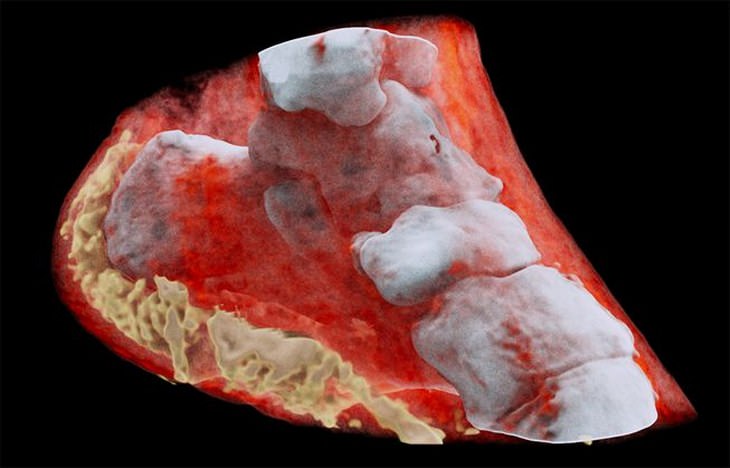
Phil and Anthony Butler, father and son scientists from the universities of New Zealand's Canterbury and Otago have created the world's first ever 3D color medical scanner. They named it the MARS spectral X-ray scanner, and it is able to capture internal images of both bone as well as all of its surrounding tissue.
According to Anthony Butler, "X-ray spectral information allows health professionals to measure the different components of body parts such as fat, water, calcium, and disease markers," and that "traditional black-and-white X-rays only allow measurement of the density and shape of an object."
As you can see from the video below, the scanner will also allow doctors to see the inner structure of a target area layer by layer:
Whereas regular X-rays use film or a sensor to record radiation levels, the MARS scanner actually measures the whole X-ray spectrum, and even goes as far as to detect and count the many particles as they collide with the pixels. This means that the MARS scanner works in a similar way to a camera, providing an HD image that is in color and fully 3D.
The technology used in the MARS scanner comes straight from CERN's Large Hadron Collider, which is the biggest and most powerful particle accelerator in the world. In fact, a chip which was designed for particle detection and imaging in the collider, known as Medipix3, was actually adapted by Phil and Anthony Butler's team so that it could be used in the MARS scanner.
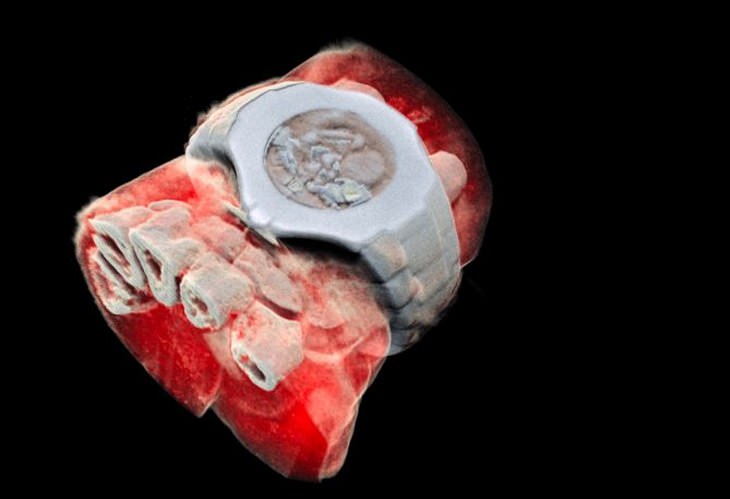
According to Phil Butler, "this technology sets the machine apart diagnostically because its small pixels and accurate energy resolution mean that this new imaging tool is able to get images that no other imaging tool can achieve."
While the MARS scanner has been under development for close to ten years, clinical trials have only begun very recently. However, all results so far are showing that the MARS scanner will very likely become one of the medical community's most indispensable tools in the near future.
"So far researchers have been using a small version of the MARS scanner to study cancer, bone, and joint health, and vascular diseases that cause heart attacks and strokes," Butler said. "In all of these studies, promising early results suggest that when spectral imaging is routinely used in clinics it will enable more accurate diagnosis and personalization of treatment."
Don't forget to share this exciting news with your friends and family, too!
Source: mnn
Images: marsbioimaging
Related Articles:
Bone Spurs: What They are and How to Treat Them

Warning! Get Your Flu Shot Now Before It's Too Late...
Learn why you should get your flu shot while it's still pretty hot outside.
 3:16
3:16
Discover How Anesthesia Affects Your Body and Mind
If you were ever curious about how exactly anesthesia works, then this video has all the answers!

Viagra May Hold the Key to Preventing Colorectal Cancer...
A new study shows that Viagra may be able to help prevent the onset of colorectal cancer. Find out all about it here.

5 World-Changing Medical Advances From the Past Decade
Perhaps the most important technological advancements are those related to healthcare. Here are 5 such incredible medical breakthroughs from the past decade.
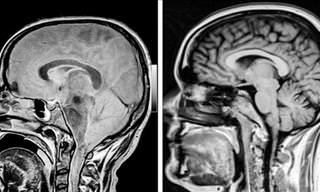
14 Cool and Astonishing X-Ray Images Explained
If you think the human body is fascinating, but also very weird, wait until you see these 14 X-Rays

Discovery: Use of Blood Thinners May Prevent Dementia
A new study shows how blood-thinning drugs can help to prevent the onset of dementia. Find out how they work here.
 13:21
13:21
The Race to Complete the World's Second-Tallest Skyscraper
Malaysia is all set to unveil the world’s second tallest skyscraper.

Ancient Skull Found In China Unlike Any Human Ever Seen
A newly-discovered skull in China had baffled scientists. This could mean we might have discovered an entirely new species of humans.

10 Unanswered Mysteries You've Always Wondered About!
You might not have thought about the most curious cases of the bizarre things that we encounter every day.
 13:01
13:01
13 Incredible ROOF INNOVATIONS For Your House
Keep the roof of your house safe with these incredibly useful inventions.

26 Incredible Facts About the Human Mind
The human brain is an interesting and powerful organ, which is why we've gathered 26 interesting facts about exactly how human psychology works.
 6:47
6:47
7 Exciting Physics Tricks You Have to See!
Watch these seven remarkable physics tricks in this exciting and fun video.
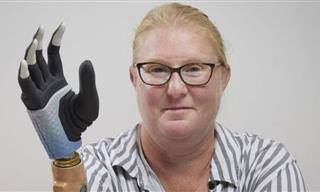
Incredible New Bionic Arm Fuses With Woman's Nerves
Karin's bionic hand is real sci fi, making her one of the first true cyborgs.

New Study: A Pill that Works Out Your Muscles?!?
New study shows that, though we are not there yet, a pill can and probably WILL come out that works out the muscles and grows them.

Battle of the Sexes: How Our Brains React Differently
A new study claims to have discovered why women are typically more emotionally sensitive than men. Read all about it here.

2023 in Science: Biggest Discoveries You Missed!
Let’s take a look at the most amazing scientific discoveries that made news this year.

INTERACTIVE: A Guide to the Workings of the Human Body
The human body is the most complex machine known to man, and the amount of things it has to do to keep us alive is incredible. View this interactive guide now.

Scientists Develop 'Flying Dragon' Robot to Fight Fires
Scientists in Japan have created a water-spitting 'flying dragon' robot to fight fires.

New Study: Are Dogs Even More Intelligent than We Thought?
New study sheds more light on canine intelligence, making some fascinating discoveries.

Nobody Believed These 5 Scientists, But They Were Right
These 5 scientists were shamed and ousted, or rudely ignored, although years later, their "crazy" theories turned out to be true...

10 Tech Products You Must Double-Check Before Buying
Beware! These tech products are most commonly faked.
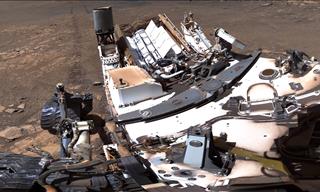 3:10
3:10
Watch the Best HD Panorama Photo of Mars Ever Taken
Watch an incredible 1.8-Billion-Pixel panorama of the planet Mars that was recently captured by NASA's Curiosity rover.
 1:44
1:44
The Accidental Discovery of the World’s First Antibiotic
Not too long ago, it was fairly common to die of the simplest of wounds due to bacterial infection. Penicillin changed everything.
 5:39
5:39
Why Are Your Ears Ringing? The Causes Explained
Nearly 15% of the human population worldwide are plagued by this strange sensation, but most people don't know the causes behind ringing in the ears...

INTERACTIVE: How Personal Items Have Changed Over Time
Some of you will be old enough to remember what many of today's objects used to look like. Here are 20 such objects. Click to see them as they used to be.

The Facts You Didn't Know About the Human Body...
Discover 120 fascinating and surprising facts about your body you may not have known. Going over most of the body parts, you will learn so much you never knew about the body we all use.

See the World From Up Close - 17 Fascinating Macro Photos
Seeing ordinary objects like honey, paracetamol, and snow through a microscopic lens teaches us how beautiful and intricate they really are!
 8:10
8:10
Taller Doesn't Mean Bigger - the True Size of Skyscrapers
If you were to compare skyscrapers by area rather than height, which skyscraper would end up on top?
 6:31
6:31
The Psychology Behind Why Some People Are Habitually Late
Now we finally know why some people are habitually late.
 14:49
14:49
This Man Built an Automatic Train System for Trash Cans!
Wouldn’t it be cool if a robot picked up and moved our garbage out for pickup with the push of a button?

I Never Knew These Stunning Facts About Our Universe
If you thought you understood the universe, you'll be completely floored by this insane facts.

Science Breakthrough: An Immunization Against Skin Cancer?
This scientific breakthrough offers hope for those who are struggling with skin cancer. You are now invited to discover more about this revolutionary vaccine.

Study Claims: Link Found Between Cats and Alzheimer's
Recent research has brought into focus a potentially unsettling link for cat lovers: owning a feline may increase the risk of developing schizophrenia-related disorders.
 15:30
15:30
Experts Are Still Baffled by These Ancient Artifacts
These mysterious relics have left experts puzzled.

6 Remarkable Yet Overlooked Minds That Shaped Our World
These underappreciated geniuses deserve more recognition.

These Photos Show How Dependent We are On Smartphones
Technology has taken over and these funny (but true) photos help to drive this fact home.
 4:40
4:40
Breathalyzers May Be More Important Than You Thought
This video does a great job in breaking down how in the future, breath analysis can be used to detect disease and prevent more invasive procedures.
 7:21
7:21
Science: 20 Mechanical Principles Demonstrated Using Lego
In this video, we'll explore a variety of fascinating mechanical mechanisms, all demonstrated using Lego models.
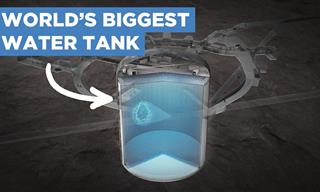 8:05
8:05
This Giant Tank Will Unlock the Universe’s Big Mysteries
Japan is building a huge underground tank inside a mountain to help unlock the many mysteries of the universe.
 20:01
20:01
Future Tech: 19 Innovations About to Change Our World
These groundbreaking new technologies will change our world.

You Won't Believe That These Things Exist in Japan...
If there's one place on this planet that well and truly at the forefront of modern technology, it has got to be Japan, as these inventions prove...

25 Pics Showing How People in the Past Imagined the Future
Let’s see how the people of the past imagined the future and find out if their fun predictions came true with these 25 vintage pictures

Amazing Science: THIS is the True Scale of Our Universe...
Get a sense of the true scale and shape of the universe we've discovered so far.
 54:17
54:17
Science Philosophy: What is the TRUE Nature of Time?
Join us as we journey through theories, discussions, and insights that challenge our perceptions and broaden our understanding of time itself.
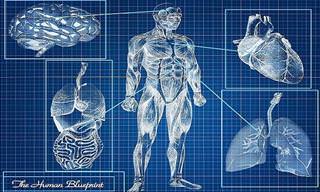
These Are the Miracles That Happen in Our Bodies Every Day
There is a lot that happens inside our bodies every single day. Did you know any of these facts?
 13:38
13:38
24 Smart Storage Inventions You Didn't Know You Needed
These super useful inventions are designed to make you help space!
 7:15
7:15
Toilets: The Greatest Medical Advancement in Human History
While toilets make some people laugh, they are actually a deadly serious medical advancement. This video explains what toilets mean to civilization.


